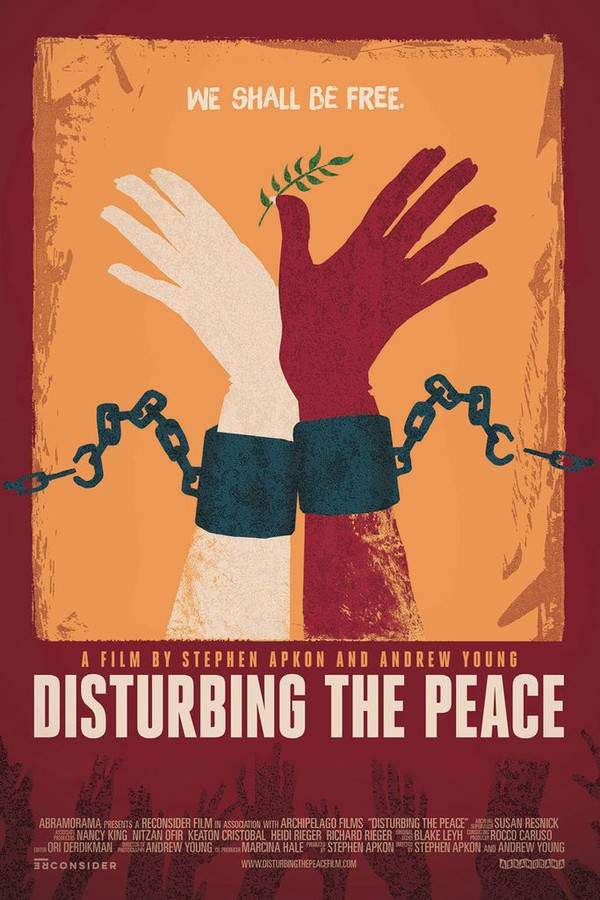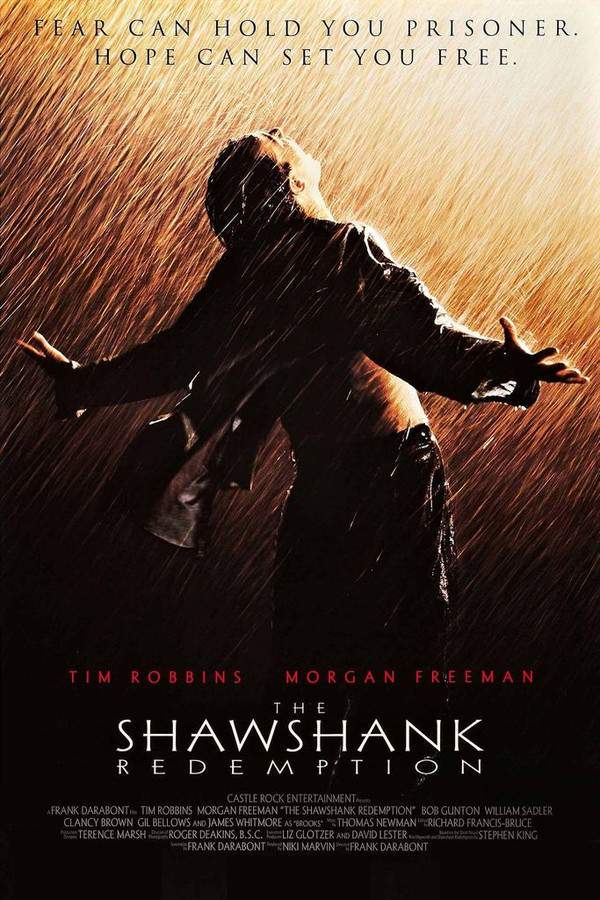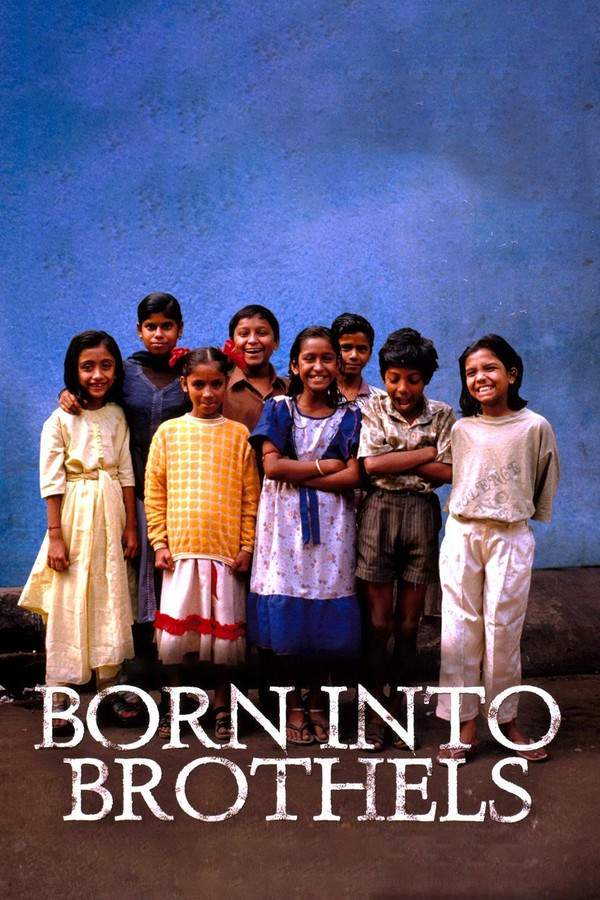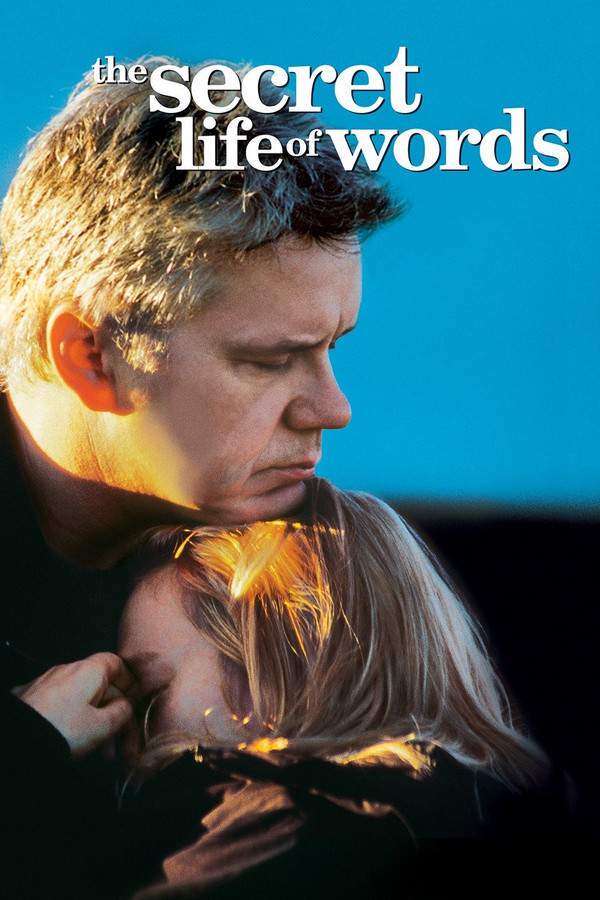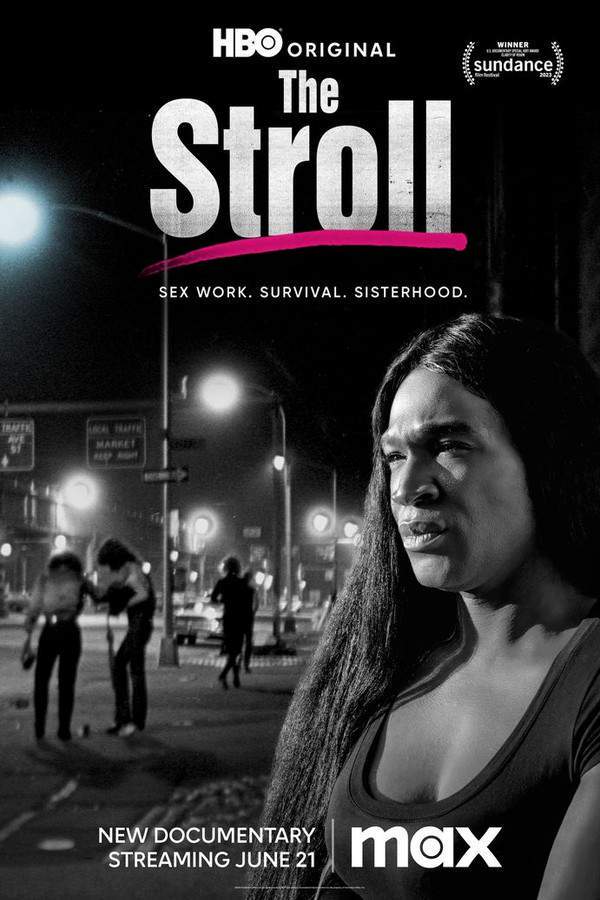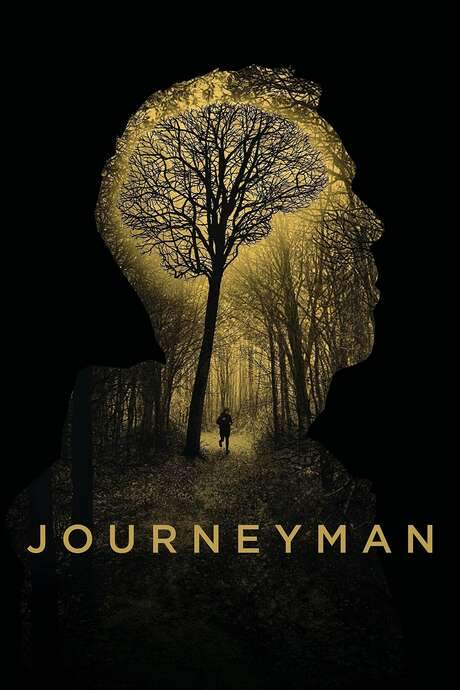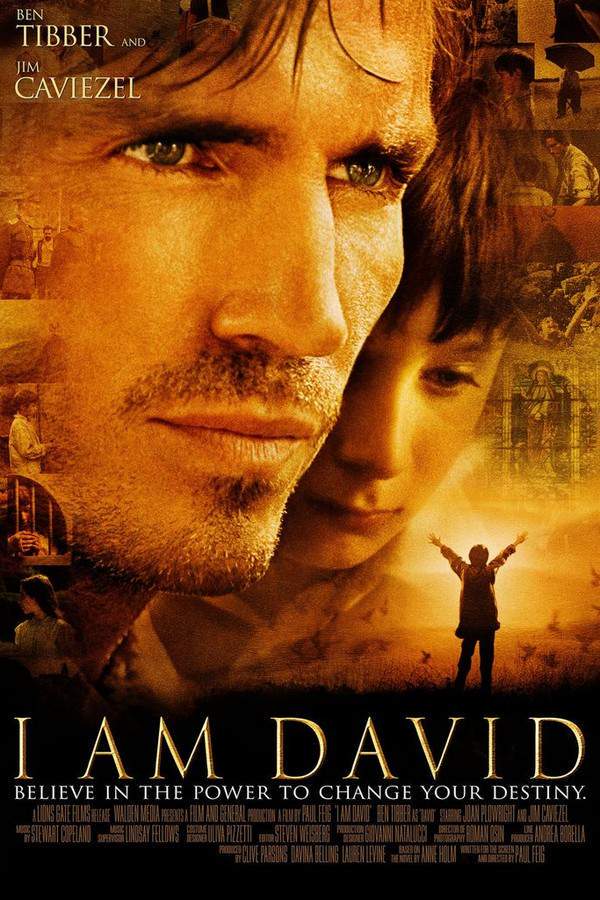
The Dhamma Brothers
Year: 2008
Runtime: 76 min
Language: English
Within a maximum-security prison in Alabama, a group of inmates participate in a unique 10-day silent meditation retreat guided by Buddhist principles. The film explores the personal journeys of these men, each grappling with difficult pasts and seeking a path toward inner peace and rehabilitation. Through introspection and the practice of mindfulness, they confront their demons and discover a profound sense of hope and the possibility of redemption within the challenging environment of the prison.
Warning: spoilers below!
Haven’t seen The Dhamma Brothers yet? This summary contains major spoilers. Bookmark the page, watch the movie, and come back for the full breakdown. If you're ready, scroll on and relive the story!
The Dhamma Brothers (2008) – Full Plot Summary & Ending Explained
Read the complete plot breakdown of The Dhamma Brothers (2008), including all key story events, major twists, and the ending explained in detail. Discover what really happened—and what it all means.
In the Dhamma Brothers, the narrative unfolds within the confines of Donaldson Prison in Alabama, revealing a stark reality of life behind bars. A Southern-accented voice sets the stage, declaring, “We are the highest security prison in the state of Alabama. Death row is here.” We witness the struggles and tensions within the prison, where violence is rampant and the environment is far from peaceful.
At the helm of a groundbreaking initiative, Dr. Ron Cavanaugh, the Director of Treatment for the Alabama Department of Corrections, seeks a path of healing through meditation, introducing Vipassana Meditation to inmates for the very first time in a maximum-security facility. He reflects on the unique challenge of teaching Buddhist principles in a deeply Christian region, explaining that the meditation practice is founded on self-awareness rather than imposed restrictions.
Visually arresting images portray the day-to-day lives of the inmates, many of whom express their yearning for redemption and a chance to transform their lives while confined within unforgiving walls. One inmate poignantly remarks, “Life without parole doesn’t mean you are being punished… it means you are to be warehoused until you die.” This cycle of despair and hopelessness creates a breeding ground for violence, as Warden Stephen Bullard elucidates the organized crime and illicit activities that permeate prison life.
The film captures emotional recounts from various inmates, including Edward Johnson, whose aspirations for a baseball career were shattered by life-altering decisions leading to his incarceration for gang-related homicide. His mother, Priscilla Wilson, shares the weight of loss, revealing the impact on his family and the long road to redemption they navigate.
As the Vipassana program unfolds, participants like Grady Bankhead and Rick Smith confront their deep-seated fears and regrets during the intense ten-day meditation retreat. They learn to unpack their trauma and unearth suppressed emotions, challenging the notion of what it means to be a “Dhamma Brother.” The program emphasizes the importance of inner peace and redefining one’s identity beyond the labels of criminals.
The culmination of the meditation retreat is both cathartic and transformational, allowing the inmates to break their Noble Silence on the final day and share their experiences of growth and self-revelation. At this pivotal moment, inmates such as OB and Rick emerge stronger, expressing “I didn’t believe this meditating was going to work to be honest with you. But it worked. It really did. It worked.”
Sadly, the success of this program becomes threatened by external pressures, leading to its abrupt closure due to misunderstandings and resistance from those feeling their authority challenged. However, the resilient spirit fostered among the Dhamma Brothers endures as they continue to seek enlightenment in the face of adversity.
This profound documentary not only captures the struggles of life in prison but also highlights the healing power of mindfulness and compassion, reminding us that “Where there is life, there is hope.” The journey of the Dhamma Brothers serves as a testament to the relentless pursuit of personal growth and redemption amid the darkest of circumstances.
Last Updated: October 25, 2024 at 10:37
Explore Movie Threads
Discover curated groups of movies connected by mood, themes, and story style. Browse collections built around emotion, atmosphere, and narrative focus to easily find films that match what you feel like watching right now.
Movies about prison transformation like The Dhamma Brothers
Personal redemption and profound change found within institutional walls.Films that explore personal growth and redemption within prisons and other institutional settings. If you liked The Dhamma Brothers' focus on inmates finding hope through meditation, you'll find similar stories of profound change against the odds in these powerful movies about rehabilitation.
Narrative Summary
Stories in this thread typically begin with individuals in a state of despair or stagnation within a highly controlled environment. An intervention—be it a program, a mentor, or an internal realization—triggers a journey of introspection. The narrative arc follows their struggle to overcome internal and external barriers, culminating in a significant, often internal, transformation that redefines their identity.
Why These Movies?
These films are grouped by their powerful central theme of finding light in the darkest of places. They share a specific mood that blends the heaviness of confinement with the uplifting nature of personal breakthrough, creating a cathartic and redemptive viewing experience centered on the resilience of the human psyche.
Heavy hopeful movies like The Dhamma Brothers
Emotionally weighty narratives that ultimately lean toward light and redemption.Discover films that, like The Dhamma Brothers, balance heavy emotional themes with a strong, uplifting sense of hope. If you appreciated the documentary's bittersweet yet transformative journey, these movies offer similar experiences where profound challenges lead to catharsis and redemption.
Narrative Summary
The narrative pattern involves characters grappling with significant trauma or adversity. The story doesn't shy away from the pain but follows a path where small victories, moments of connection, or personal insights accumulate. The ending is often bittersweet, acknowledging lingering scars while emphasizing the profound value of the progress made, focusing on the journey rather than a perfectly happy conclusion.
Why These Movies?
This thread groups movies based on a specific and powerful emotional mix: the combination of heavy subject matter with a fundamentally hopeful tone. They provide a cathartic experience that feels authentic to life's complexities, resonating with viewers seeking stories that are both emotionally impactful and uplifting.
Unlock the Full Story of The Dhamma Brothers
Don't stop at just watching — explore The Dhamma Brothers in full detail. From the complete plot summary and scene-by-scene timeline to character breakdowns, thematic analysis, and a deep dive into the ending — every page helps you truly understand what The Dhamma Brothers is all about. Plus, discover what's next after the movie.
The Dhamma Brothers Timeline
Track the full timeline of The Dhamma Brothers with every major event arranged chronologically. Perfect for decoding non-linear storytelling, flashbacks, or parallel narratives with a clear scene-by-scene breakdown.

Characters, Settings & Themes in The Dhamma Brothers
Discover the characters, locations, and core themes that shape The Dhamma Brothers. Get insights into symbolic elements, setting significance, and deeper narrative meaning — ideal for thematic analysis and movie breakdowns.

The Dhamma Brothers Spoiler-Free Summary
Get a quick, spoiler-free overview of The Dhamma Brothers that covers the main plot points and key details without revealing any major twists or spoilers. Perfect for those who want to know what to expect before diving in.

More About The Dhamma Brothers
Visit What's After the Movie to explore more about The Dhamma Brothers: box office results, cast and crew info, production details, post-credit scenes, and external links — all in one place for movie fans and researchers.


